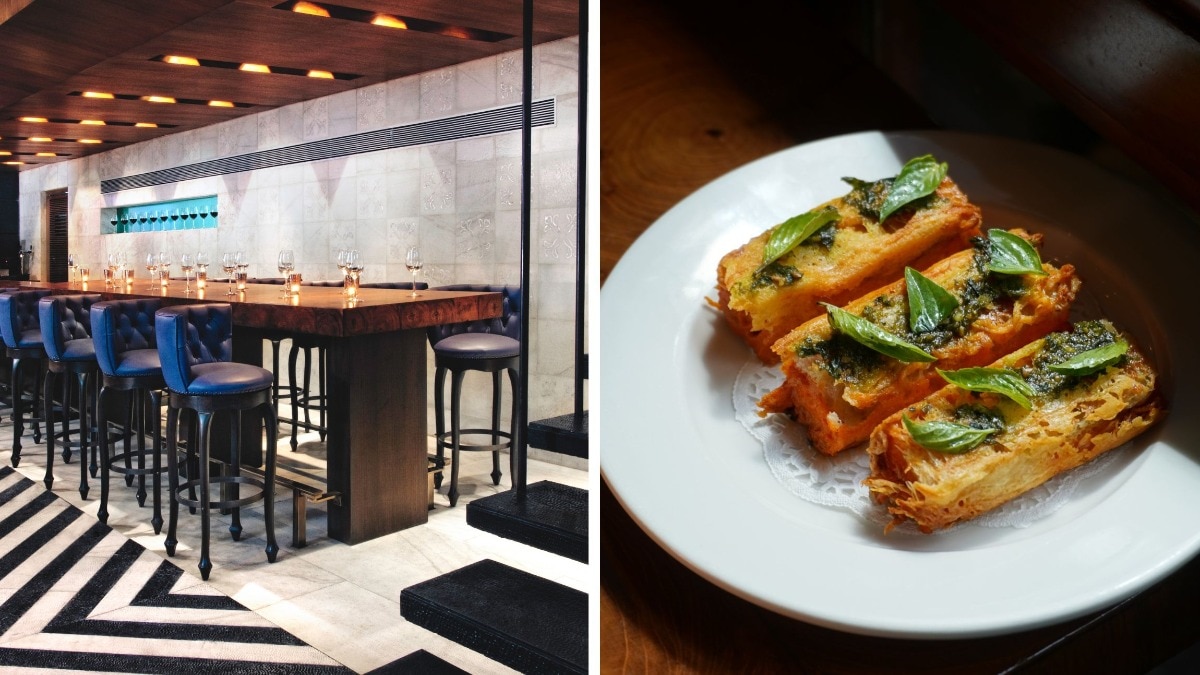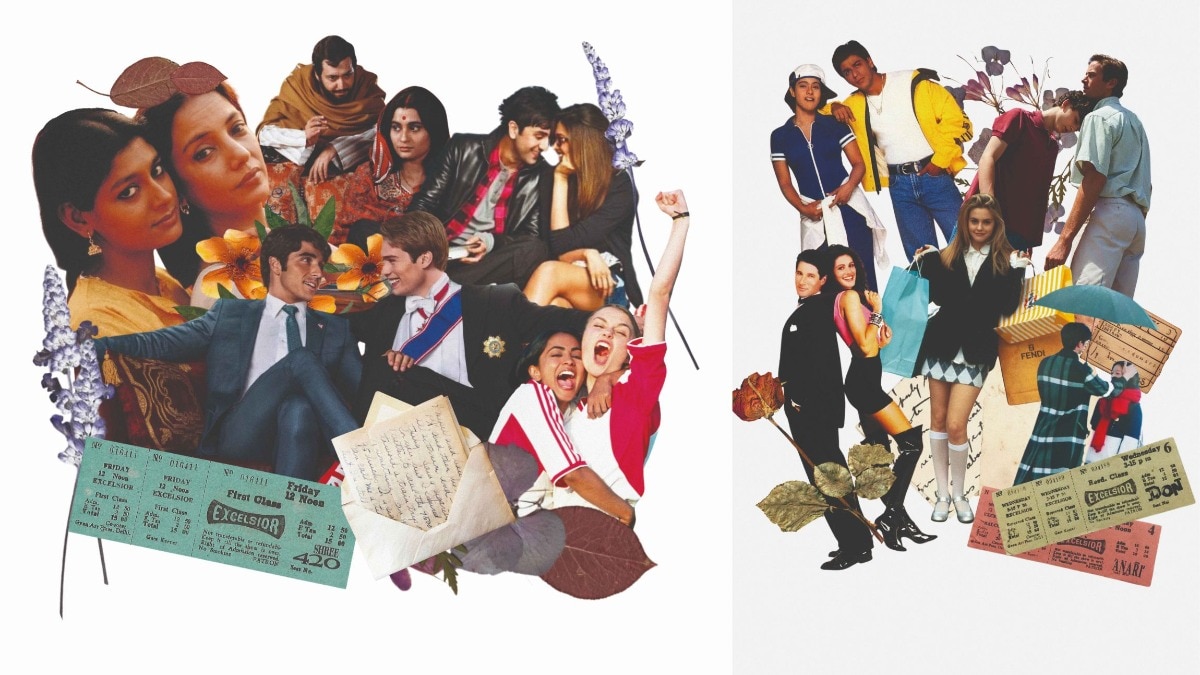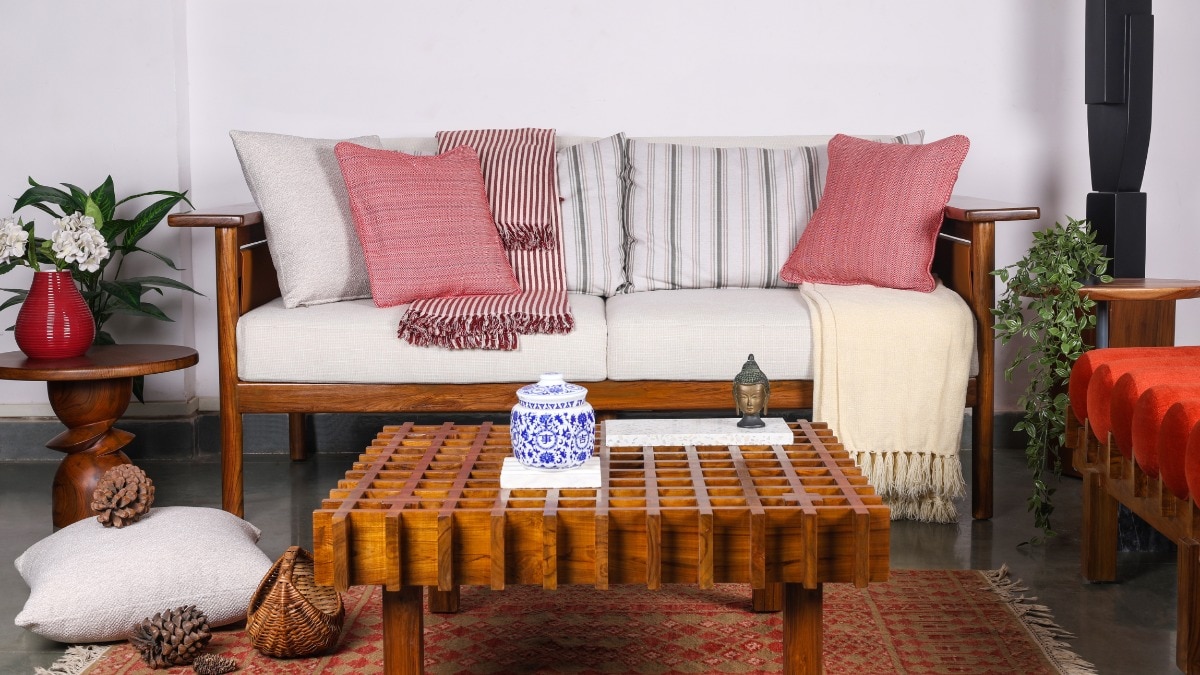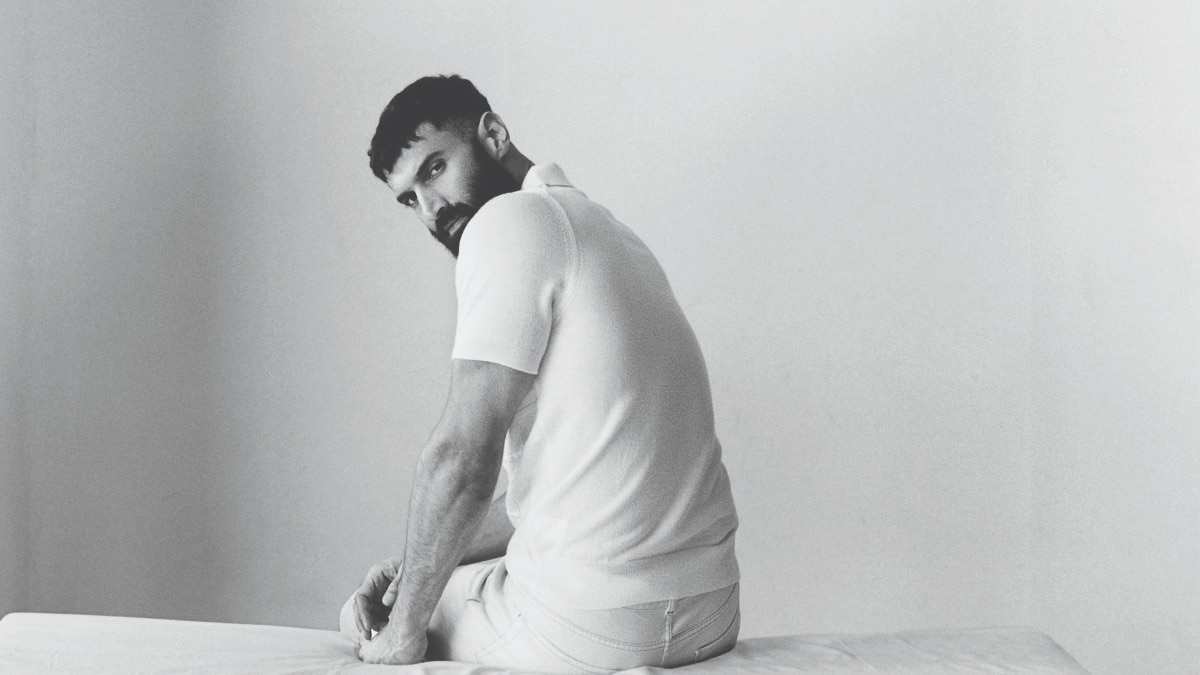
A nostalgic road trip along the Amalfi Coast
The author and journalist Juliet Nicolson retraces the steps of her famous grandmother, Vita Sackville West, on a glorious journey along this iconic stretch of Italy's western coastline.

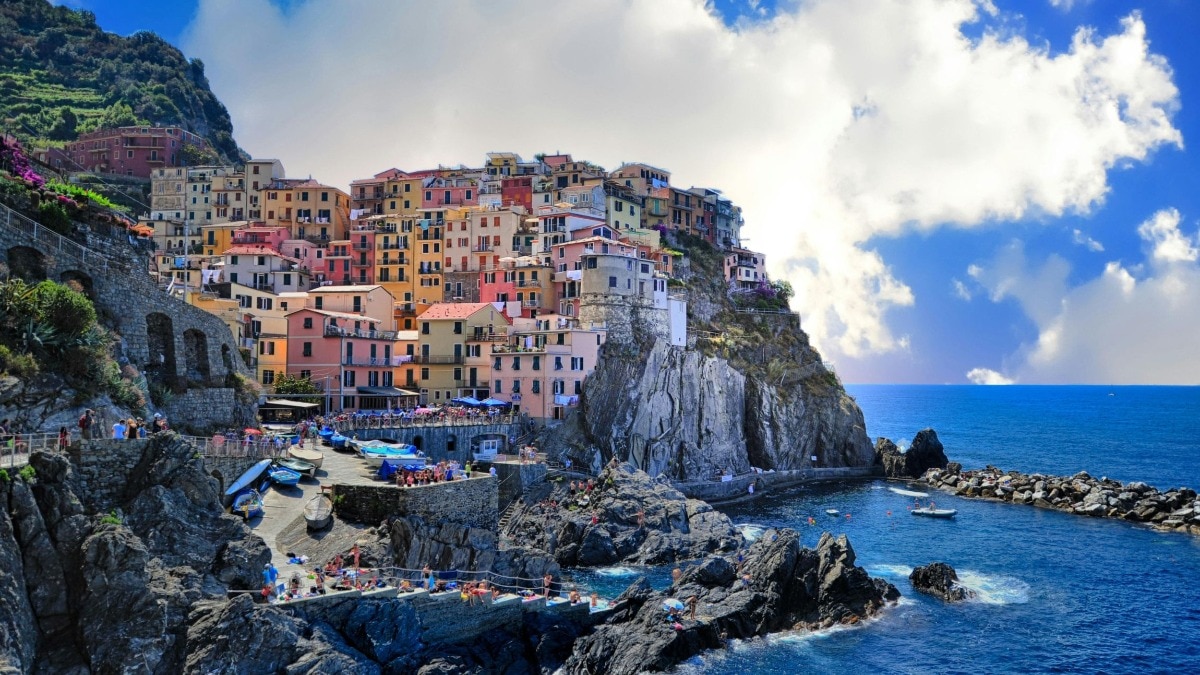
When a suggestion was made that my husband and I might borrow a brand-new, top-of-the-range car in which to take an Italian road trip, connecting some of the peninsula’s beautiful towns and cities, I was initially daunted. The prospect of cavernous motorways tunnelling their way through mountains was joined by images of spaghetti-like twists and curves of hillside lanes filled with fearless and vociferous drivers, risk-taking at every bend. But, shortly before World War II, my grandmother Vita Sackville-West had braved just such an expedition for Harper’s Bazaar.
Having set out from her home at Sissinghurst in Kent, she watched her 1930s Buick being loaded onto the Newhaven cross-Channel ferry. Accompanied by her young son Nigel (my father), she took the wheel, crossing France and motoring down the spine of Italy en route to the Amalfi coast, with very little clue either about the mechanics of her car, or how to describe them in Italian should there be any bumps on the way.
In order to lessen our own exposure to potential disaster, we decided to begin our journey by air, flying to Florence and cruising safely to the Place Firenze in the hotel’s elegant limo. Tucked unobtrusively into a terrace that boundaries the vast, airy space of the Piazza Santa Maria Novella, dominated by the magnificent 14th-century Gothic basilica, the Place is an idyllic refuge in the heart of the city, a sanctuary from Florence’s insatiable tourist hubbub.
It has just 20 rooms, and the penthouse duplex suite includes a rooftop bath from where we watched swifts dipping and soaring between the brick-coloured Renaissance dome of the Duomo and contemporary residential television masts; aerials among the aerials. It was the start of an adventure entwined with the unexpected, travelling not only through place but also time and memories of my grandmother as we headed in the direction of ancient crafts, magical gardens and encounters with endlessly creative women.
The hotel’s ‘Place of Wonders’ programme aims to preserve and nurture traditions and skills that modern technology might otherwise supersede. And, just a five-minute walk away, we were given a perfect illustration of this classical Florentine artistry. At the very centre of the Ponte Vecchio, passing a canoeist paddling briskly along the River Arno below us, we found a gem of a workshop, packed with drills, twines of wire, rubber-handled pliers, a forge and a rusty winch, easily confused for mediaeval instruments of torture.

Elisa Piccini and Carlotta Gambineri, of the oldest jewellers still trading on the Ponte Vecchio, invited us to climb the narrow staircase to see the 19th-century workbenches inherited from Elisa’s great-grandfather, who established his business in 1903. Carlotta sat making an owl-shaped brooch, using delicate pincers to tap and coax shapes for the microscopic sockets for the eyes and for the feathers of the wings. Minute filings of gold dust fell at her feet, a sense of purpose and continuity both audible and visible with each concentrated tap.
That evening, we visited a rust-tinted palazzo hidden away high above the city that is both home to the entrepreneur Sue Townsend and the nerve-centre of Ortigia, the soap and scent company she founded in 2006. Originally a Londoner, Townsend has become indistinguishable from a native Florentine. Dressed in a self-designed magenta-silk gown, a Mediterranean shrug of the shoulders and basta and ecco punctuating her every phrase, she is a cross between the exuberant Italian journalist Anna Piaggi and the glamorous English eccentric Diana Cooper.
Our road trip was to begin in Naples: travelling south, we took the three-hour high-speed train from Florence, whipping through early-summer meadows of buttercups and waving wheat. Federico from Jaguar Land Rover was waiting for us beside a gleaming white Range Rover Evoque that was to be ours for the rest of the trip. After we took our places in the luxurious leather seats, the engine came to life at the command of a fingertip and we smoothed our way out of the city, the sat-nav screen alerting us to tortuous bends ahead.
We need not have worried: the Evoque faced each vertiginous challenge with bravado, delivering us to Ravello, the most romantic city I know. Thick jasmine hedges perfumed the narrow streets with their heady scent, the sea glistened far below, and a bride in a froth of tulle emerged from the town’s church into the central piazza, exchanging her satin stilettos for white plastic flip-flops, the better to navigate the cobbles.
Just off the piazza is the Palazzo Avino, a 12th-century building housing a hotel known as the Pink Palace for its softly blush-painted walls. It’s run by its sister-owners Mariella, Attilia and Mariavittoria Avino, who took over the family business from their father in 2011 and have brought stylishness and passion to this ancient abode. With a sublime pool-with-a-view, a superb spa and an airy Michelin-star restaurant overlooking the sea, this is a dream of a place.

Following the long, snaking path down to the coast, we took the final 300 steep steps on foot to the Avino’s beach club, where the candy-cane loungers provided us with the perfect vantage point to watch the cotton-wool trails of speedboats criss-crossing the water between Capri and the mainland. After a lunch of pizza laden with home-grown tomatoes and cooked in the beach club’s open oven, and lemonade, we plunged into the gentle swell of the warm Mediterranean.
Ravello revels in its love of gardens; plump lemons hang from every tree and bougainvillea tumbles over the walls of hidden sanctuaries. Just yards from the hotel’s entrance is an unobtrusive painted door. Mariella turned the key to reveal a rose-scented Eden, complete with ancient lemon-trees bordering a pond, the water drifting with pink and white water lilies, and a tiny vineyard that supplies the hotel with its own white wine.
At the other end of the town, on top of the cliff, is Villa Cimbrone, the most famous of all the Ravello horticultural treasures. Almost a hundred years ago, my grandmother had stayed in the house here, and suggested some planting patterns that are still revered today. Marco, a cousin of the current owner, was weeding when I was introduced as a granddaughter of Cimbrone’s botanical mentor. Within moments, he had produced a cutting from a pale-pink pelargonium that Vita had chosen: a plant she had hoped might thrive in the Mediterranean.

Settling into the sumptuous seats of the Evoque, we took to the road once again, bending our way down to Naples, an hour’s drive away. There, we were based in the streamlined comfort of the Hotel Romeo, with its spectacular position overlooking Naples’ vast port, the bulk of Mount Vesuvius commanding the skyline. Within half an hour, we were walking the streets of Pompeii, frozen in time since the volcano’s catastrophic eruption in 79 AD, and marvelling at some paintings of African elephants, a first-century Instagram boast to indicate how far the Pompeiian tourist had travelled.
Back in England a week later, brought down to Earth by a reunion with my Mini, I drove to Sissinghurst and planted the pelargonium cutting among the roses in Vita’s garden. The century-old journey between the Amalfi coast and the Weald of Kent was complete.
The Place Firenze, from about £430 a room a night. Palazzo Avino, from about £430 a room a night. Hotel Romeo, from about £463 a room a night.
This article first appeared in harpersbazaar.com/uk in June 2024.
Feature Image: Pexels
Also read: The ultimate luxury guide to Paris
Also read: 12 spectacular destinations to visit in Italy


